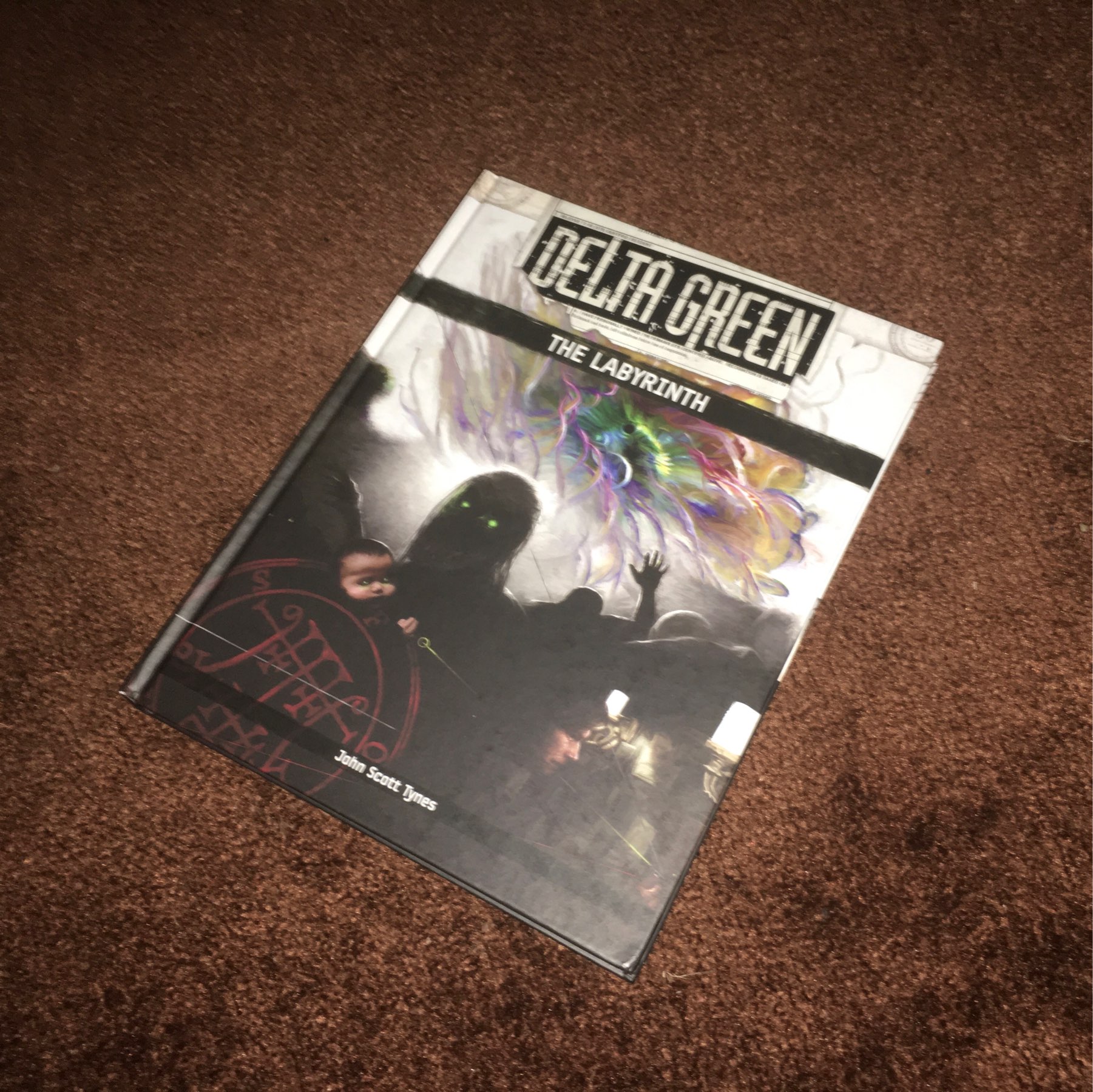One of my kids is currently explaining his ideas for a perpetual motion electric generator that would exponentially generate more electricity.
The other one explained earlier how many holes is “too many holes” in a sock.
One of my kids is currently explaining his ideas for a perpetual motion electric generator that would exponentially generate more electricity.
The other one explained earlier how many holes is “too many holes” in a sock.
The kids are super into Ultimate Beastmaster on Netflix so we made a fitness game while watching it:
Contestant starting: dumbbells reps!
Point thruster triggered: crunches!
Contestant finishing or falling: push-ups!
💪
It’s wild that the Pathfinder 2e humble bundle was so successful that Paizo ran out of the core rule book and it’s not going to be back in stock until November…
My Harn Kickstarter arrived! It came with a bunch of its friends and now I have to buy some binders like a big nerd
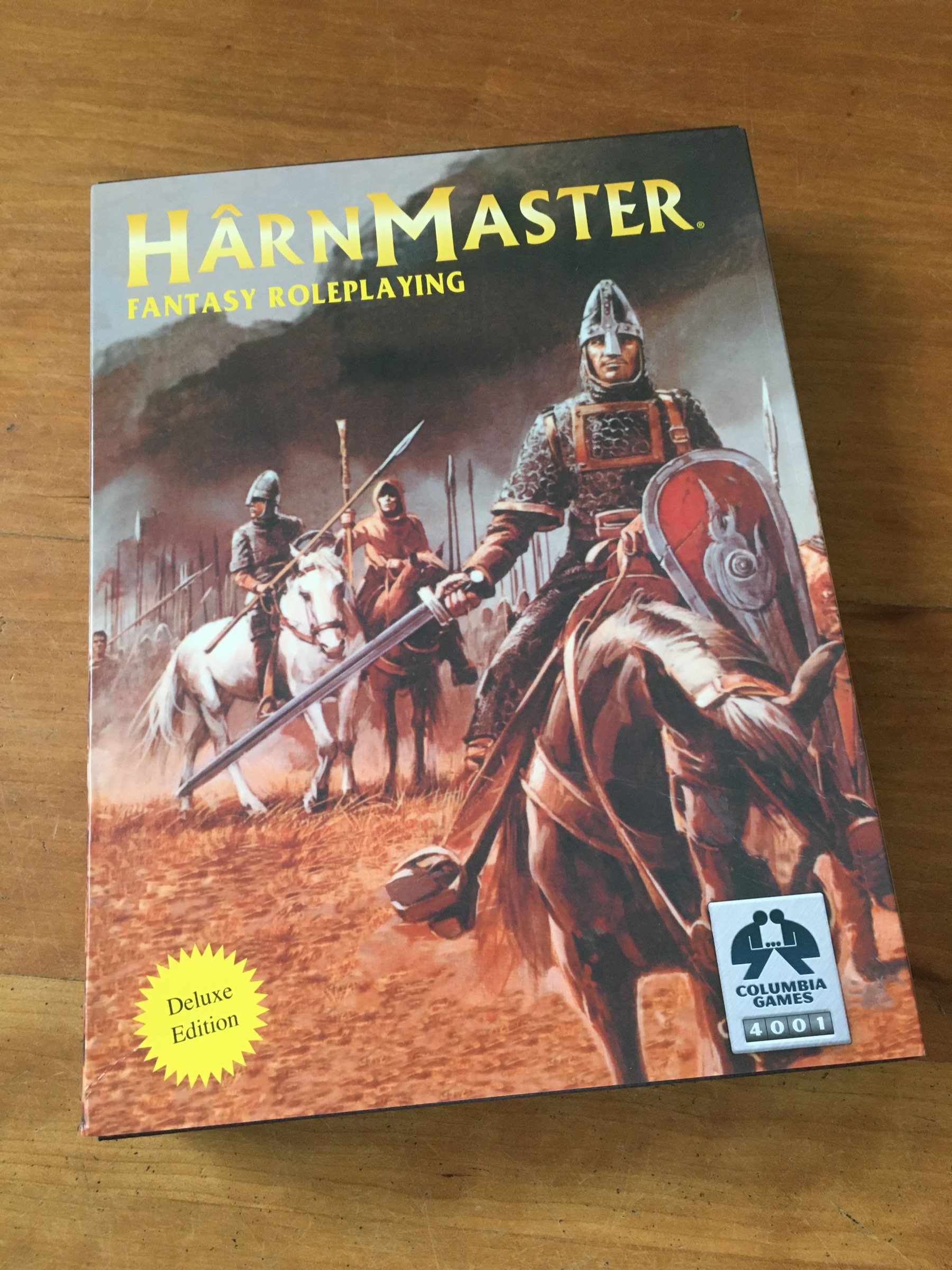
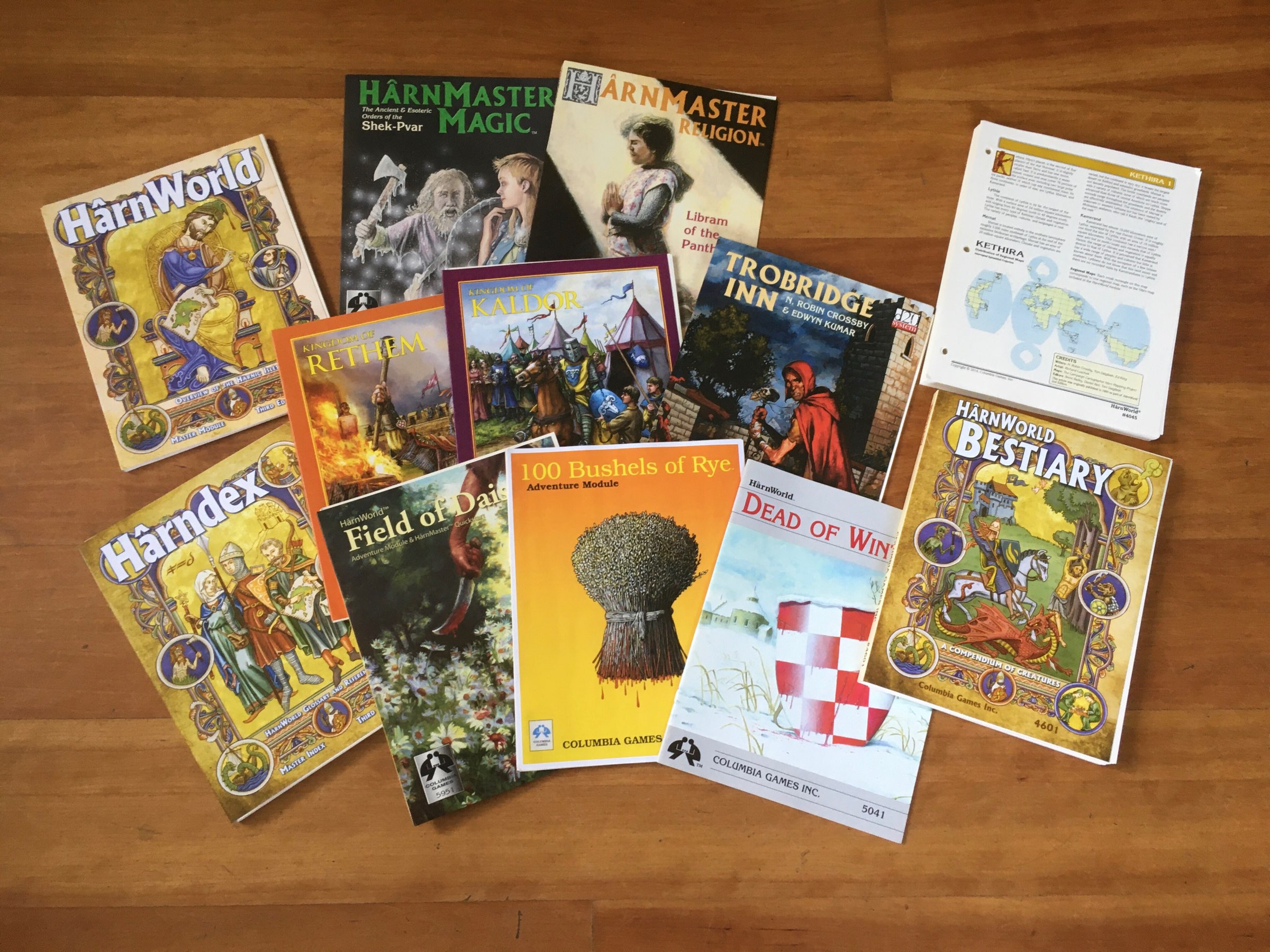
The Mongoose Traveller starter set is a really good product but the little details like this lifting ribbon are how publishers show that they care about us!
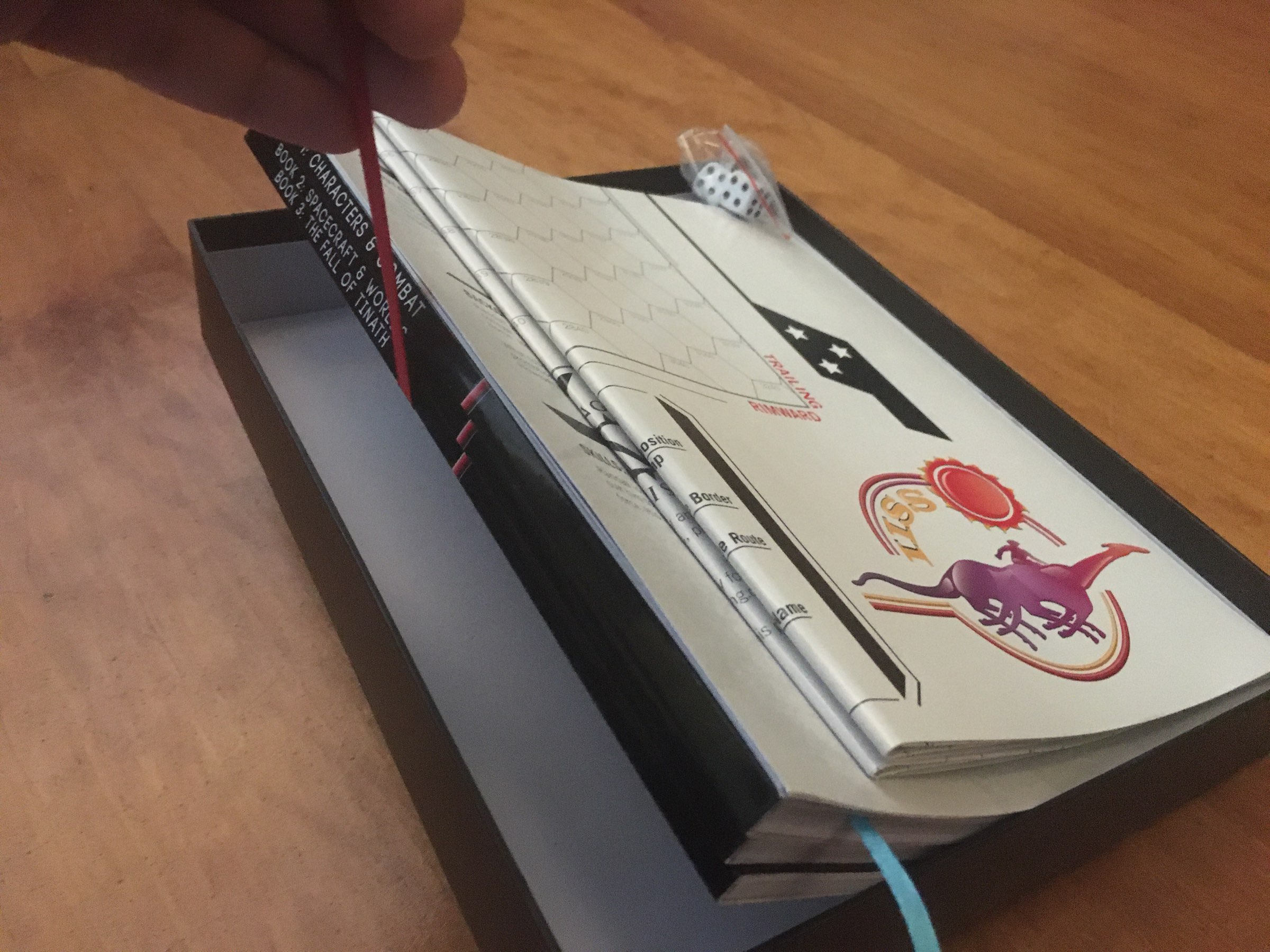
Current doodle #drawing #glorantha #ttrpg
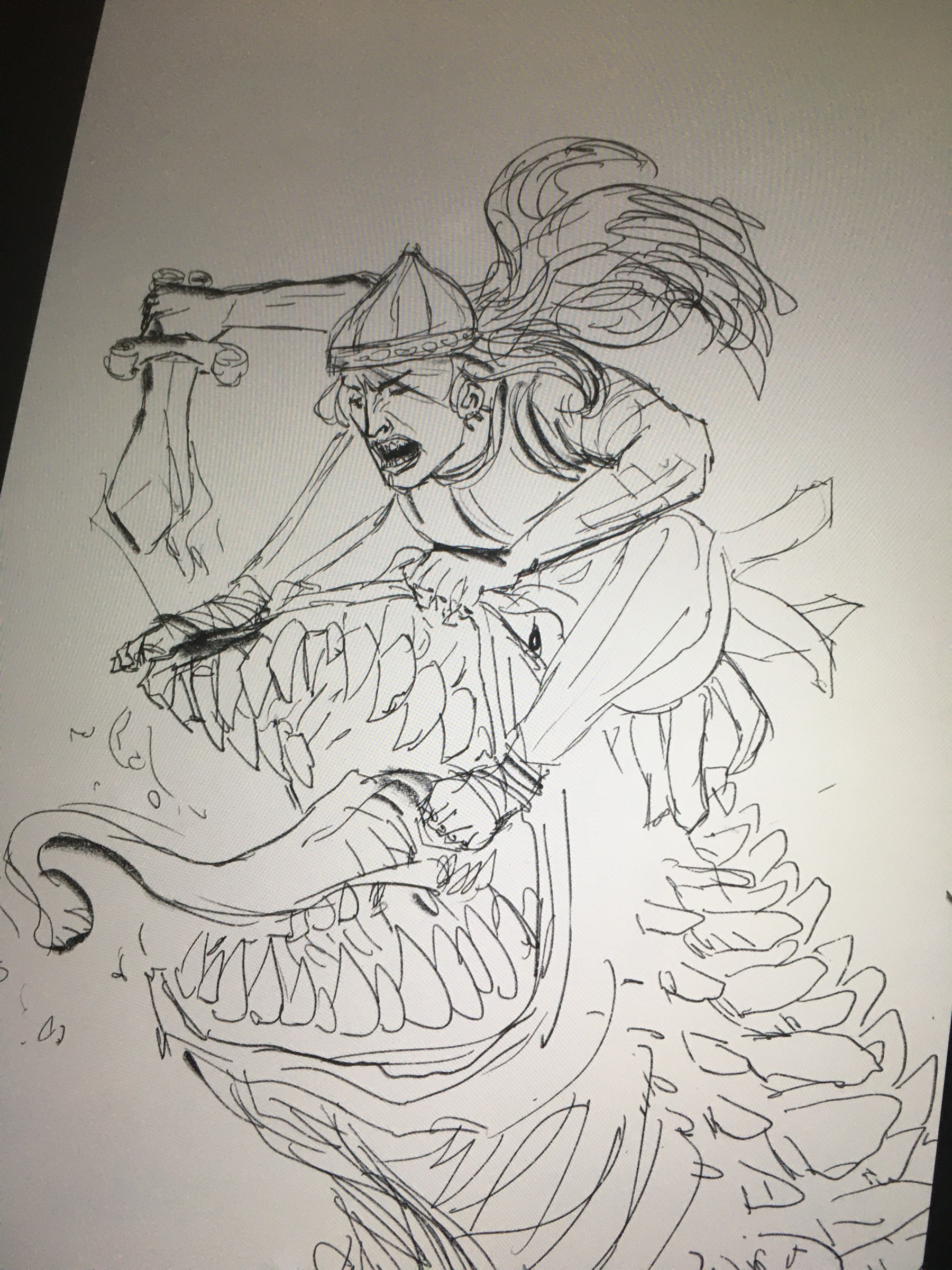
Thundercats!!! https://youtu.be
It occurred to me, after watching the What We Do In The Shadows TV series, that my 9 year old kid has been an energy vampire since an early age.
Weren’t people asking for the Snyder cut the same people who liked the Snyder DCU movies in the first place? Those of us who didn’t like ANY of those movies won’t change our minds… but hey I hope it brings you closure. Just do it… you know… over there?
This ominous tone finally showed up, even after various secret forces tried to deny me its possession… #deltagreen #ttrpg
